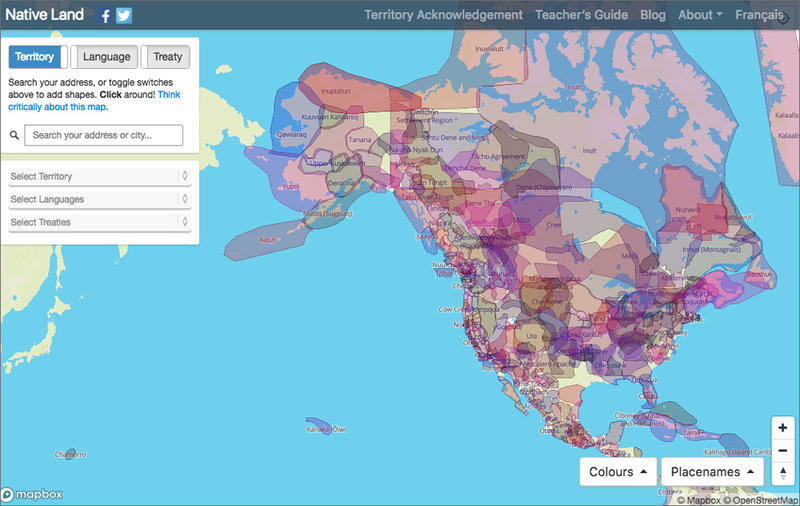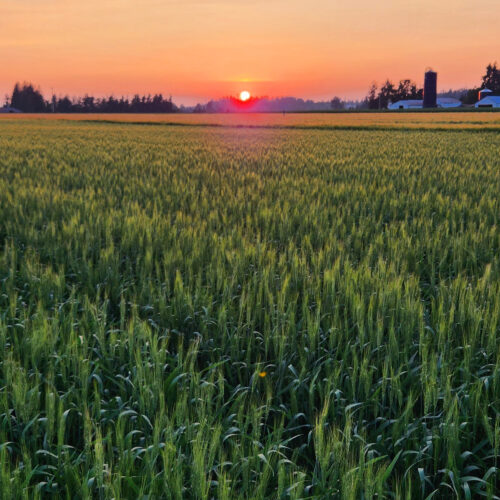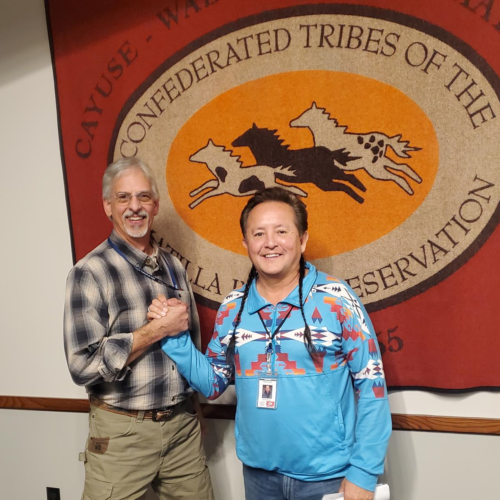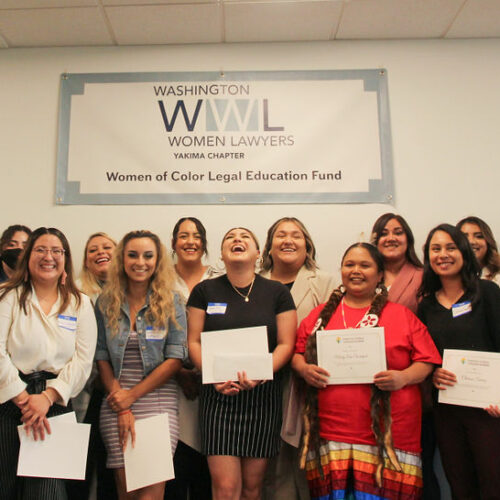
App Provides ‘Entry Point’ To Understand Indigenous History Of Land You’re On
LISTEN
Regardless of where you live in the Northwest, someone was there before you…but who?
Three years ago, Victor Temprano, of Vancouver, British Columbia, wanted to find out.
“Once I had encdountere the history of residential schools, it kind of shocked me because I hadn’t heard about it,” realizing that a lot of other settlers, or non-Indigenous people, are kind of lackin
Temprano said. “Then I learned about it and that took me into g in their education around a lot of this—lacking in their consciousness.
Since then, Temprano, a web developer, has created an app that can help educate people about Native peoples and their historical lands. He said he wanted to do his part to right what he considers wrongs and injustices experienced by indigenous tribes.
“The easiest short little way to tell somebody [about it] without getting into anything too political, or contentious is to just say ‘oh it’s an app that attempts to map out Indigenous territories, languages and treaties across North America and increasingly beyond,” Temprano explained.
When you sign on to nativeland.ca, you can plug in a ZIP code, and the map will zoom into that region. What you see is a patchwork of colors, with labels for the area tribes, any treaties they may have signed with other governments and a list of languages that Indigenous people might have spoken there. The information in the App comes from at least 65 different sources, available online.
Because of that mash-up, Temprano calls the map “inadequate, to some degree.”
“It may be misrepresenting people,” he said. “It may have inaccurate information that kind of continues some of the old colonial narratives and that’s a major concern of mine that I take really seriously.”
Temprano said he wants more tribal members to get involved.
Leena Minifie, a member of the Kitkatla Nation with territory along the coast of northern British Columbia, is a member of the board of directors guiding Temprano through development of the Native Land App.
“I think entering somebody’s house is like entering their territory,” she said.
“This is an entry point to realize, ‘oh, there is a protocol, there is a way that people acknowledge when they go onto other territories and I can actually replicate or imitate that, so I’m not being rude when I go into somebody’s territory or house,’” Minifie said.
She said the app can also help people “be good neighbors,” because it provides better understanding of how land is valued in Indigenous culture.
“So, our concepts of what the land is and how we treat it and what it means to us and how we are responsible for it is not from a Protestant view of staking a claim, cutting out a square and saying this acre is mine,” she said.
The app has also expanded to include information about Indigenous people in Australia, New Zealand, Greenland and areas throughout Central and South America. Temprano said he’d like to see the app expand to include Indigenous place names, and to show how people have moved and migrated across landscapes.
Copyright 2018 Northwest News Network
Related Stories:

New Washington State University spring wheat variety named for Black family with deep roots in Washington
A field of WSU’s new variety, Bush wheat, growing near Lynden, Washington. (Credit: Washington State University) Listen (Runtime 1:05) Read Editor’s Note: Northwest Public Broadcasting acknowledges that all of what’s

Native American Heritage Month – In their own words: Don Sampson
Gary James, left, and Don Sampson, the two original employees of the Confederated Tribes of the Umatilla Indian Reservation’s Fisheries Program, at the tribe’s Department of Natural Resources 40-year anniversary

Yakima Groups Help More Women Of Color Become Lawyers
Yakima women of color received 19 scholarships to support them in continuing their legal education. Photo: Pataathla Sutterlict Listen (Runtime 1:39) Read More women of color want to become lawyers















